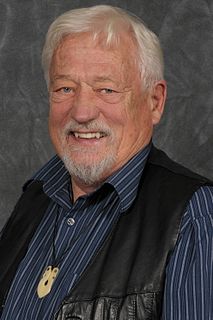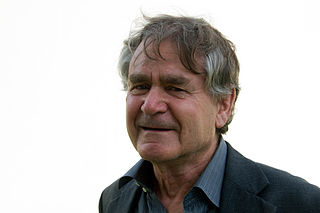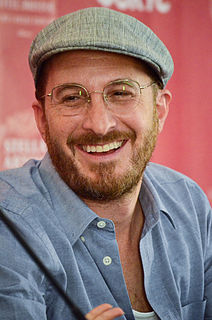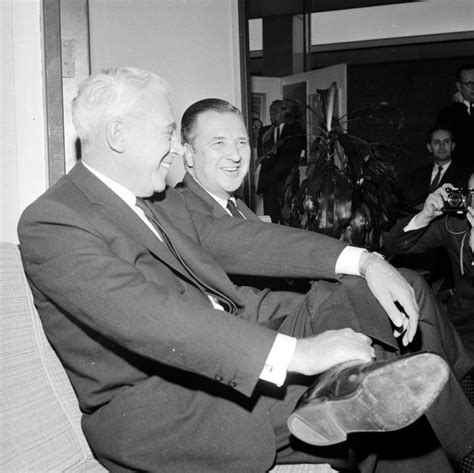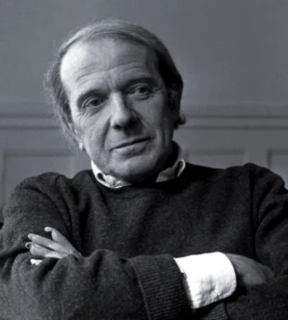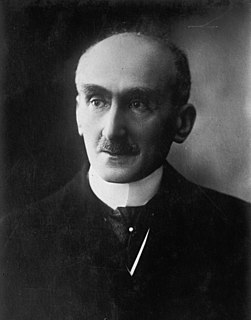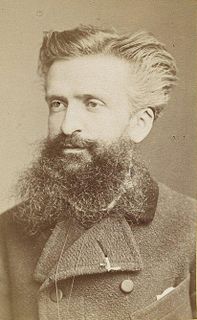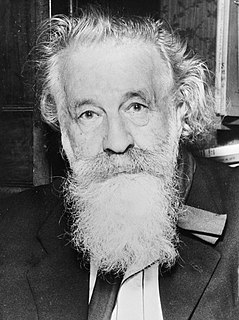A Quote by Janet Napolitano
All images generated by imaging technology are viewed in a walled-off location not visible to the public. The officer assisting the passenger never sees the image, and the officer viewing the image never interacts with the passenger. The imaging technology that we use cannot store, export, print or transmit images.
Related Quotes
A lot of the medical imagery has to do with my own biography. I had open heart surgery, I had knee replacements, I had a hiatal hernia, etc. Every time you go for surgery, you get a whole spectrum of imaging. Of course, I've been doing research in imaging technology across the board for close to twenty years. When you think about it, medical imaging is actually quite new. The first major medical image was the x-ray in 1895. That was the first time you got imaging of anything that's in the bodily interior.
Some people say they use images to help them remember intricacies. Others say they just remember. If they are able to form an image of the face, it is because they remember how it was: it is not that an image guides memory, but that memory produces an image, or the sense of imaging. We have no agreed way to talk clearly about such things.
CGI means, just to be clear, creating any type of image with a computer. Basically, starting off with nothing, or with images and manipulating them. The way we did it, everything was actual photographed images. A lot of that stuff was shot through a microscope of chemical reactions, yeast growing, lots of weird things, by Peter Parks. We put it into a computer and collaged it, manipulated it. Meaning we digitally shaped it to fit with other images. But there was no computer-generated imagery at all.
What specialists try to do is get at least three imaging processes that are totally different from each other. Then you can run these through a computer program and make a composite image. In one scenario you suspect a brain tumor, so you image the brain tumor with PET scans, MRIs, and CT scans and create a 3D model. The doctor opens up the skull to excise the cancer, but they can't see anything. Do you cut out what's supposed to be in that spot or not? The current story is yes, you believe the images over what you see with your eyes.
As part of our layered approach, we have expedited the deployment of new Advanced Imaging Technology (AIT) units to help detect concealed metallic and non-metallic threats on passengers. These machines are now in use at airports nationwide, and the vast majority of travelers say they prefer this technology to alternative screening measures.
Michael Brown was a criminal who had robbed a convenience store and then attempted to kill Police Officer Darren Wilson. Michael Brown never raised his hands above his head and never tried to surrender. He was killed in self-defense by Officer Wilson after Brown first attempted to take the officer's weapon away and then charged at him.
Now, a lot of what we are doing right now, quite frankly, is because of what happened on Christmas. Many of the things were kind of in the works. We were already planning, for example, the purchase and deployment of advanced imaging technology. You call them body scanners. We call them AITs (Advanced Imaging Technologies).
A crowd thinks in images, and the image itself calls up a series of other images, having no logical connection with the first...A crowd scarcely distinguishes between the subjective and the objective. It accepts as real the images invoked in its mind, though they most often have only a very distant relation with the observed facts....Crowds being only capable of thinking in images are only to be impressed by images.
The image can only be studied through the image, by dreaming images as they gather in reverie. It is a non-sense to claim to study imagination objectively since one really receives the image only if he admires it. Already in comparing one image to another, one runs the risk of losing participation in its individuality.

